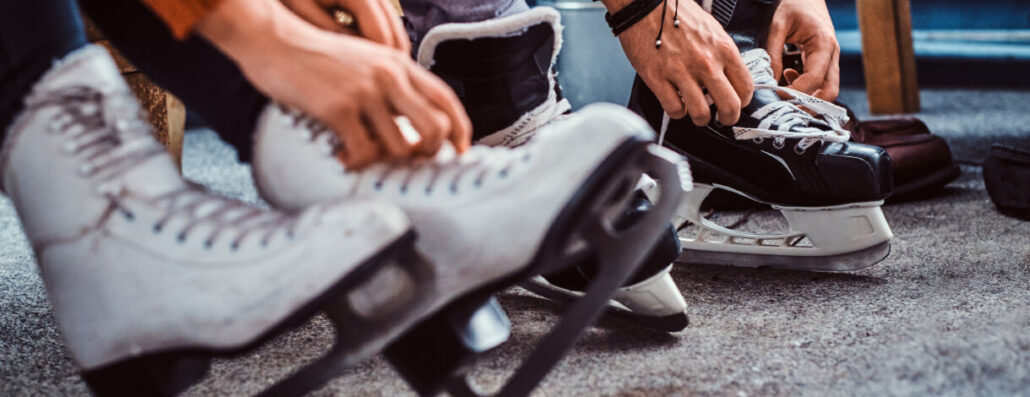Most hockey injuries are caused by outside forces or a single traumatic event. For example, a sudden shift in direction can tear a knee ligament or pull a groin muscle, and a fall can cause a separated shoulder or a concussion.
What is a hockey-related overuse injury?
Some injuries, however, are not traumatic — they are not the result of an acute injury. Rather, they develop over time in response to placing repetitive stress on a joint, muscle, ligament, or tendon. Repetitive motion can cause a specific category of wear-and-tear injuries called overuse injuries. As is true in many sports, repetitive motions in hockey can cause hockey-related overuse injuries.
Some examples of hockey-related overuse include tendinitis, stress fractures, hip labrum tears, and bursitis. They can affect the back, hip, groin, knee, shoulder, elbow, and wrist.
Why is overuse injury a problem in hockey?
Overuse injuries are about as common in hockey as they are in other sports. The more an athlete trains, practices, and plays, the higher the risk of developing an overuse injury. Overuse injuries are particularly troublesome because there is no single traumatic event that triggered the injury. Rather, the injury builds up over time. This means:
- Athletes may not recognize the signs of overuse until the overuse injury becomes more severe
- Athletes may not rest enough to allow the overuse injury to fully heal, potentially leading to long-term problems
How can I treat and prevent hockey-related overuse injuries?
Most overuse injuries can be treated with conservative, at-home care measures, including:
- Anti-inflammatory medication
- Heat, ice, or a combination of both
- Rest
- Bracing or splinting, if appropriate
The best thing to do, however, is to prevent hockey-related overuse injuries from happening in the first place. Here are three prevention tips:
- Don’t play hockey year-round — Instead of playing hockey all year, take a season to do a different sport.
- Cross-train — Rather than focusing only on training for hockey, develop well-rounded fitness with other types of activities. Examples include swimming, running, cycling, or yoga.
- Concentrate on form — Use the right equipment and make sure to focus on using good form and maintaining the proper technique.
- Warm up — Start every session with a dynamic warmup, where you are taking a few minutes to warm up the muscles with a light version of the activity you’ll be doing. Also, take time for a proper cool-down, including some stretching for increased flexibility over time.
Start your journey to stronger, healthier athletic condition. Find your sports medicine expert, request an appointment online, or call us at (651) 968–5201 to schedule a sports medicine consultation.
More Tips and Resources for you
- Looking to excel in hockey? Learn the about the top 5 hockey exercises for speed, power, and control.
